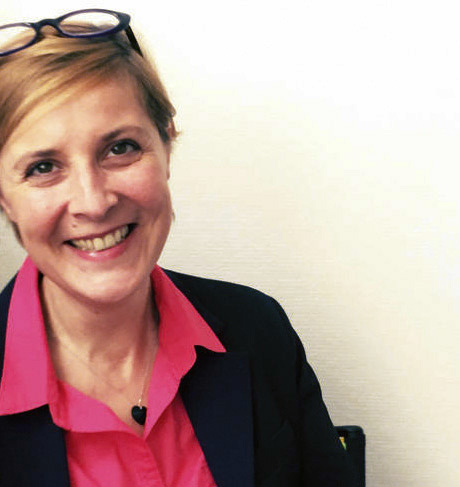For the past eleven years, the Guilvinec festival has borne witness to man’s relationship with the sea, focusing its programming on a wide variety of documentary work. Much like Baudelaire, photographers have always been fascinated by oceans and shores. Welcome aboard.

While the Guilvinec festival’s programming focuses on contemporary photography, one cannot approach the subject of man and the sea without mentioning two essential figures who have marked the history of the medium: Gustave Le Gray and Anita Conti.
In the mid-1850s, the seascapes of the former were admired by painters at a time when photography had just begun to establish itself as the rival of painting. Not only do these photos have a great aesthetic quality to them, they were also the result of a then new technological experiment: they were produced via the combination of two negatives, one for the clouds, the other for the sea, with the end result being a panoramic and romantic image of the ocean.
Photography and the sea, you say? One is also reminded of Anita Conti, the first French woman oceanographer who, a little less than a century later, took off on adventures aboard trawlers. This pioneer made photography history with her blacks and whites documenting the life and activities of fishermen. An intimate vision of a unique world.
The nourishing sea
The subject of fishing comes up several times in the 2021 edition of the Guilvinec festival, whether by photographers who took to the open sea on board the boats or others who stayed on the shore. Pepe Brix’s work stands out thanks to the great aesthetic quality of his images, which go beyond the strict framework of reportage. For more than three months, the Portuguese artist shared the life of a crew aboard one of the last Lisutan cod fishing boats en route to Newfoundland, creating a series of veritable living tableaux.
Other photographers chose to cover daily life in coastal towns. To wit: Didier Bizet by the Aral Sea lake in Kazakhstan, and Sylvain Demange who followed in the footsteps in Lucho in the Paracas nature reserve in Peru, fishing from the cliffs to feed his family. With Michel Thersiquel and the series he shot thirty years ago on the women working at the Keroman auction in Lorient, the images take on the value of a historical photographic exposé, as that occupation no longer exists.

The sea, a symbol of climate change
The festival also echoes one of the major concerns of our time by addressing the environmental issue. Congolese artist Baudouin Mouanda, who was discovered with a series on sappers, has since abandoned the world of frivolity and appearances to explore this serious subject in depth. Using an approach that accentuates colors, he sounds the alarm and urges us to be aware of the consequences of climate change, and overflowing water in particular.
For his part, with his series “The Box,” Gildas Hemon highlights another excess of human behavior through the issue of maritime transport, which he describes as servicing the “occupations and habits that have fueled part of the daily life of the planet for thirty years […] between docks, security scanners, and stackers.” Underneath the surface, we see a visual representation of the absurdity of our world. For while they are photogenic, the containers are also terrifying, as they are the symbols of the consumer society and globalization. We buy here what is produced elsewhere; where is the logic in that, in a time of climate emergency?


The sea, a landscape conducive to contemplation
Fortunately, the festival is also there to help us escape and dream, as is the case with the soft and sensual images of Denis Dailleux, who captured the choreography of bodies moving on the shores of Accra, in sub-Saharan Africa: “There, I was struck by scenes straight out of old oil paintings. The light along the ocean was dazzling, transforming the men into silhouettes,” he explains. As for Richard Pak, with “La Firme,” the first chapter in a series on island life, among other images he brings us the striking landscapes of a lost island in the South Atlantic near the start of the roaring forties. In these difficult times, photography is a means of escape.


By Sophie Bernard
Sophie Bernard est une journaliste spécialisée en photographie, contributrice pour La Gazette de Drouot ou le Quotidien de l’Art, commissaire d’exposition et enseignante à l’EFET, à Paris.
Festival Photo du Guilvilec, L’homme et la mer [Man and the Sea], 11th edition, June 1st to September 30, 2021.







